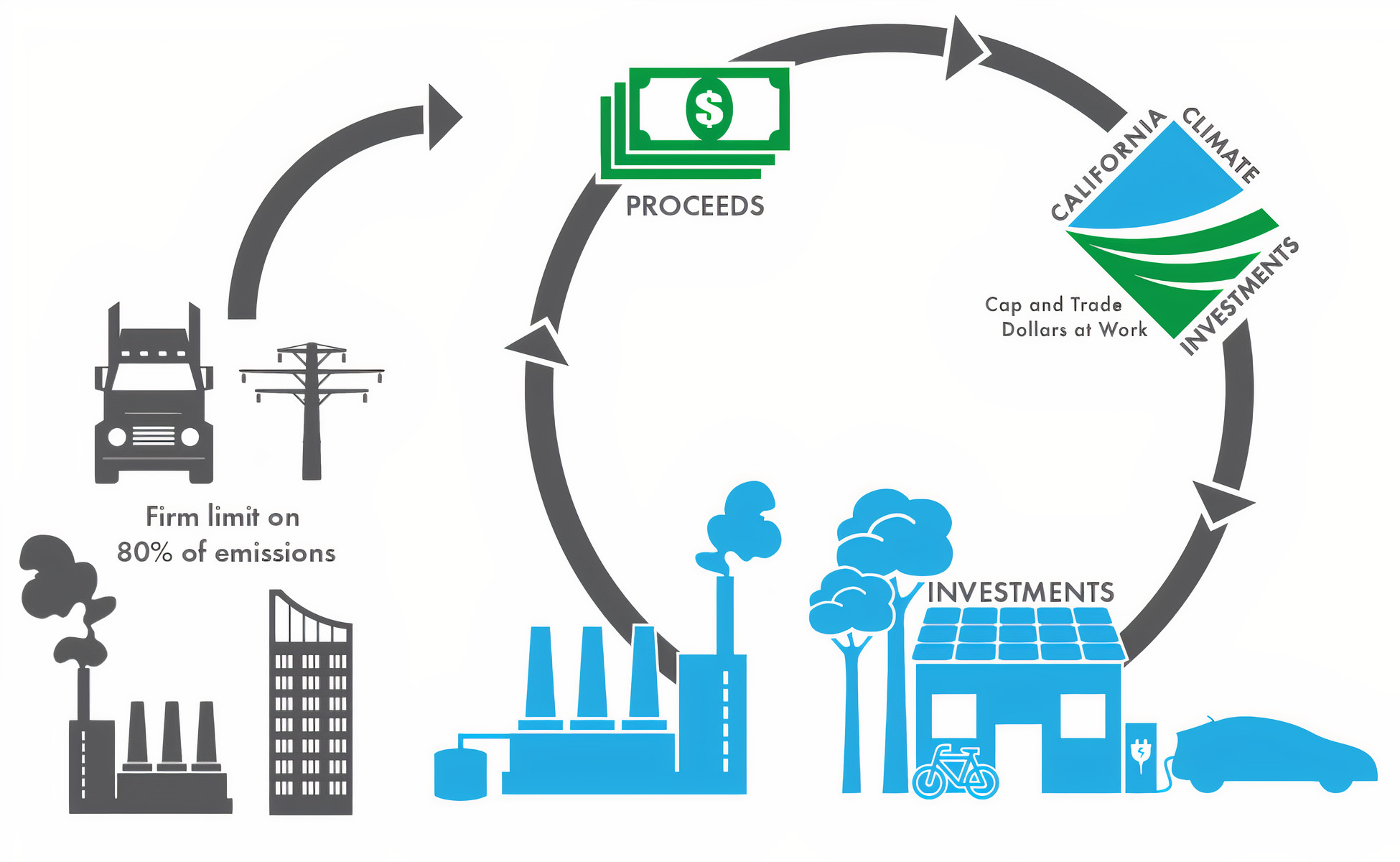Welcome to the world of investing! In this article, we will be diving into the fascinating topic of BlackLine Market Cap. If you are interested in investing and want to learn more about how market capitalization affects a company’s value, then you are in the right place.
Investing is all about making informed decisions based on thorough research and analysis. Understanding market capitalization is crucial in evaluating a company’s worth and potential for growth. We will explore BlackLine’s market cap in 2015 and compare it to where it stands today in 2023.
Along the way, we will discuss the factors that have influenced its market cap growth.
So let’s get started!
Introduction to BlackLine
BlackLine, founded in 2001 by Therese Tucker, is a leading provider of cloud-based solutions for financial automation and accounting. Their software streamlines tasks such as account reconciliation, journal entries, and financial close management.
By leveraging advanced technologies like artificial intelligence and machine learning, BlackLine empowers finance professionals to work more efficiently and accurately. With their comprehensive range of tools, businesses can automate processes, save time, and improve the accuracy of their financial operations.
Understanding Market Capitalization
Market capitalization, also known as “market cap,” is an essential measure of a company’s size and value in the stock market. It provides investors with valuable insights into a company’s scale and helps determine its position within the market.
To calculate market capitalization, we multiply the total number of outstanding shares by the current stock price. This calculation enables us to gauge the overall worth of a company based on its share price and the number of shares available to investors.
Market cap is typically classified into three main categories: large-cap, mid-cap, and small-cap. Large-cap companies have a market cap exceeding $10 billion, indicating their significant size and established presence.
Mid-cap companies fall within the range of $2 billion to $10 billion in market cap, signifying moderate growth potential and a balance between stability and risk. Small-cap companies have a market cap below $2 billion, often representing smaller or younger companies with higher growth prospects but also increased volatility.
Understanding market capitalization is crucial for investors as it helps them assess a company’s scale relative to its competitors, potential for growth or decline, and overall investment suitability. Large-cap companies tend to be more stable and mature, while small-cap companies carry greater growth potential but also higher risks.
Investors must consider their risk tolerance, investment goals, and time horizon when evaluating different market caps. Each category offers unique opportunities and challenges that can impact investment decisions.
BlackLine’s Market Cap in 2015
In 2015, BlackLine made its debut on the stock market with an initial public offering (IPO), marking a significant milestone for the company. Prior to its IPO, BlackLine had been steadily growing its customer base and expanding its product offerings, positioning itself as a key player in the financial automation and accounting industry.
The investor response to BlackLine’s IPO was overwhelmingly positive, reflecting the market’s recognition of the company’s potential for further growth. As a result, BlackLine’s market capitalization soared to approximately $1.5 billion, placing it in the mid-cap category.
This valuation was a testament to both the confidence investors had in BlackLine and the disruptive nature of its approach within the traditional finance industry.
One of the key factors that attracted investors was BlackLine’s innovative approach to financial automation and accounting. By streamlining and automating manual processes, BlackLine offered businesses increased accuracy, efficiency, and transparency in their financial operations.
This resonated with investors who saw immense value in leveraging technology to drive financial transformation.
Additionally, BlackLine boasted an impressive client roster consisting of prominent global organizations. This strong client base further bolstered investor confidence in the company’s ability to deliver results and sustain long-term growth.
By serving well-known companies across various industries, BlackLine demonstrated its capacity for success on a large scale.
Overall, 2015 marked a pivotal year for BlackLine as it entered the stock market with a strong market capitalization. The successful IPO reflected not only the company’s past achievements but also its potential for future expansion and disruption within the finance industry.
Through innovative solutions and an extensive client portfolio, BlackLine positioned itself as a leader in financial automation and accounting – driving growth and capturing investor attention along the way.
Please note that this is just one possible paragraph based on your requirements. Feel free to make any changes or additions as needed.
BlackLine’s Market Cap in 2023
By capitalizing on emerging trends and delivering innovative financial automation solutions, BlackLine has achieved a market cap of over $10 billion.
This remarkable growth is fueled by consistent revenue growth, expansion into new markets, and the company’s ability to leverage cutting-edge technologies like artificial intelligence and machine learning algorithms.
With a strategic approach, strong leadership, and a commitment to staying ahead of the curve, BlackLine is poised for continued success in the financial software industry.
Factors Influencing BlackLine’s Market Cap Growth
The growth of BlackLine’s market capitalization can be attributed to several key factors. Firstly, the increasing demand for cloud-based financial software solutions across industries has created a fertile ground for BlackLine’s offerings.
Secondly, their commitment to product innovation and addressing evolving market needs has attracted and retained a loyal customer base. Thirdly, strategic partnerships with leading enterprise software providers have expanded their market reach and enhanced product integrations.
Lastly, BlackLine’s consistent revenue growth and ability to generate profits have instilled confidence among investors. With technology reshaping the finance industry, BlackLine is well-positioned to capitalize on emerging opportunities. By understanding these factors, investors can make informed decisions about their investments in the company.
[lyte id=’moCHMaRGgwU’]




